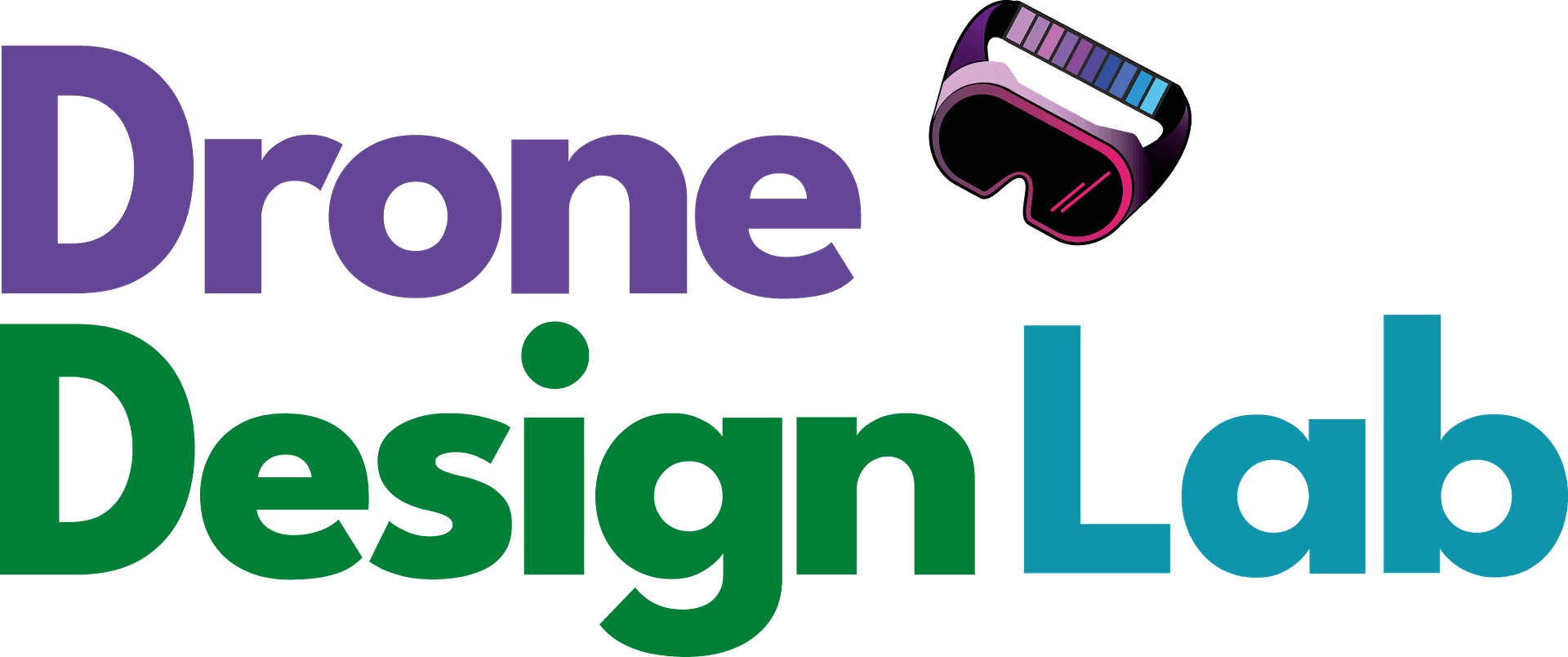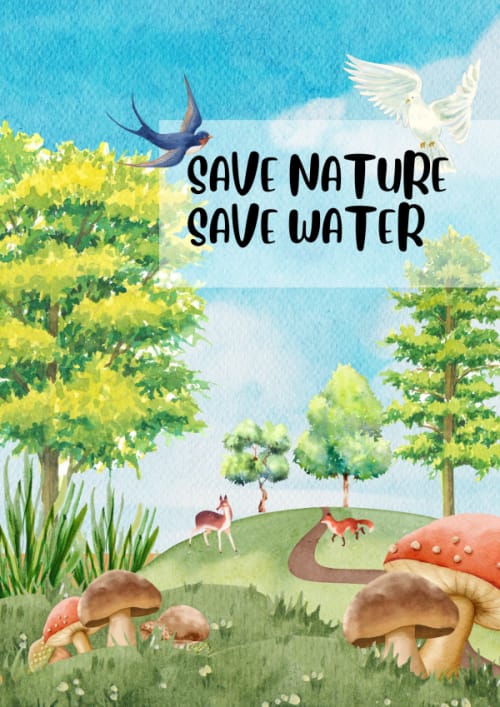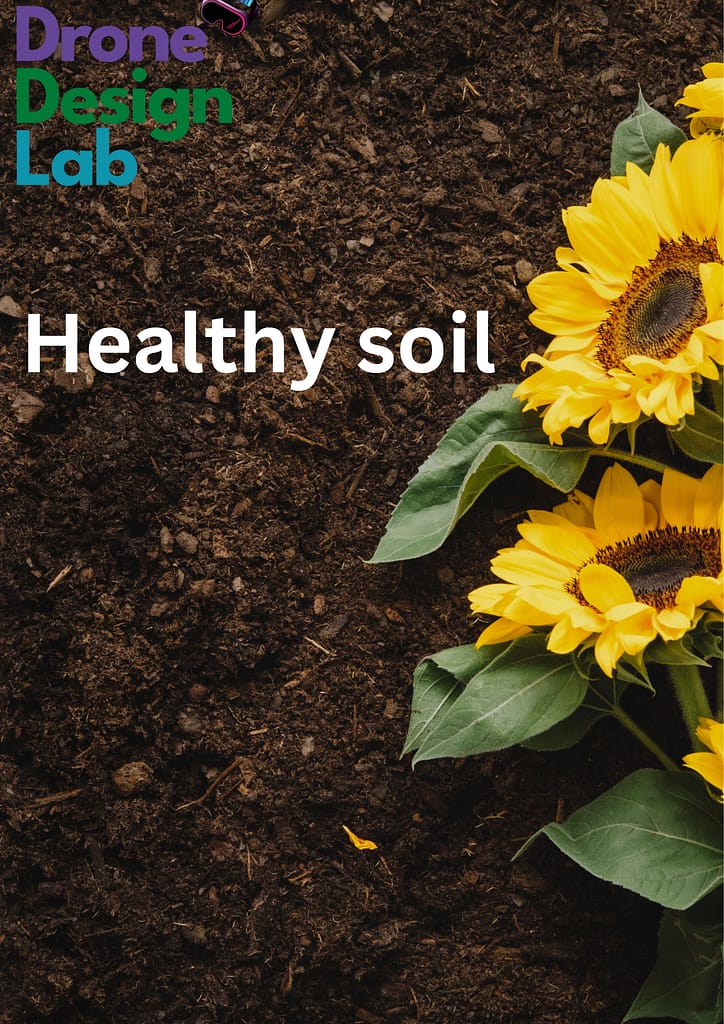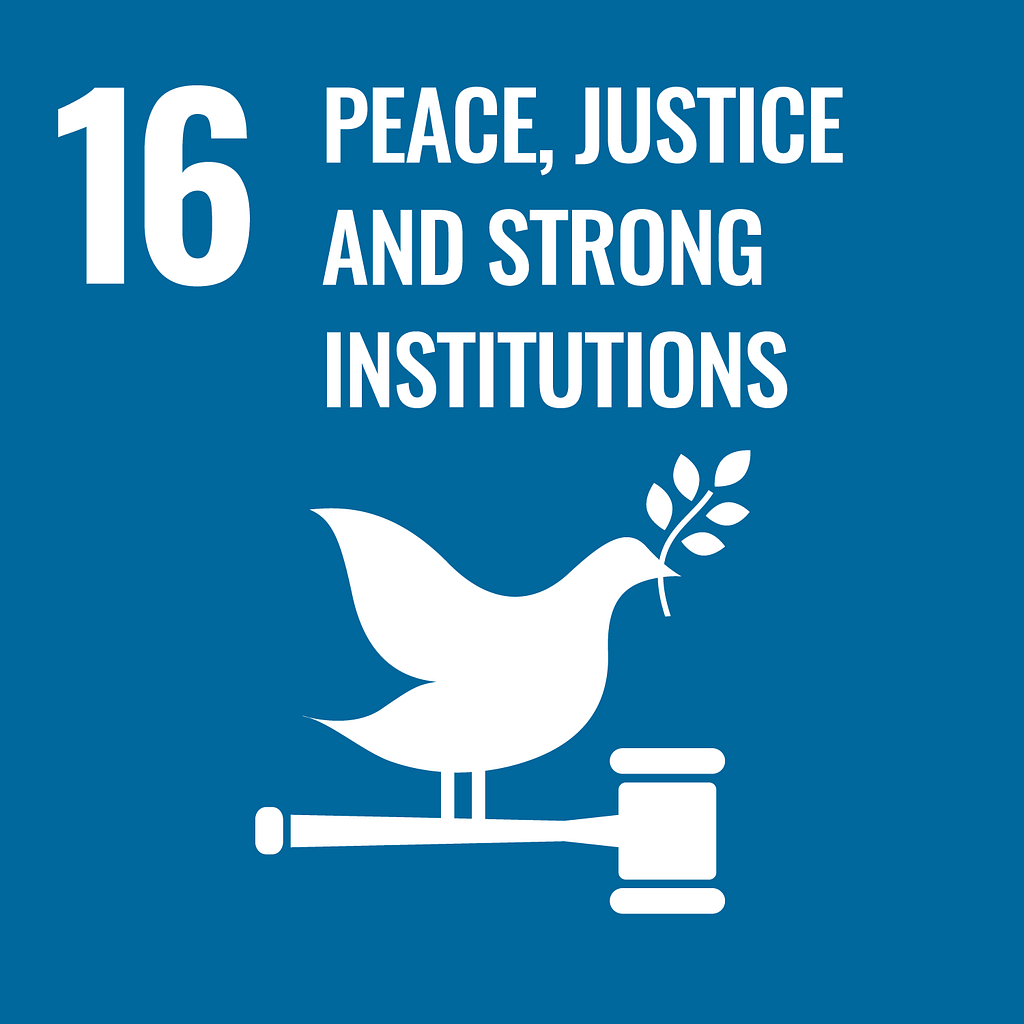Water management is a crucial aspect of agriculture, especially in arid and semi-arid regions, where water scarcity can limit crop productivity. Water safety and soil moisture are also vital factors to consider in agriculture. In recent years, drones have emerged as a useful tool in agriculture, offering unique advantages in managing water, soil moisture, and water safety.
In agriculture, water management involves the efficient use of water for crop production. Drones can be used for water management in agriculture in several ways:
- Drones equipped with sensors can monitor irrigation systems, detecting leaks, blockages, or other issues. This information can help farmers to make adjustments and improve the efficiency of their irrigation systems.
- Drones can be used to map water sources, such as rivers, lakes, and reservoirs, and to monitor water levels. This information can help farmers to make informed decisions about water use and allocation.
- Drones equipped with sensors can be used to monitor crop water stress, which is an indication of the water needs of the crop. This information can help farmers to adjust irrigation schedules and optimize water use.
Water safety is an essential aspect of agriculture, especially in areas where water sources may be contaminated with pesticides, fertilizers, or other pollutants.
Drones can be used for water safety in agriculture in several ways:
- Water Sampling: Drones can be used to collect water samples from different sources, which can be analysed for pollutants or contaminants. This information can help farmers to make informed decisions about water use and protect their crops from contamination.
- Crop Health Monitoring: Drones equipped with sensors can be used to monitor crop health, detecting signs of damage or stress caused by water contamination. This information can help farmers to take action to prevent further damage to their crops.
Soil Moisture Management:
Soil moisture management is crucial for crop production, as plants require a consistent water supply to grow and thrive. Drones can be used for soil moisture management in agriculture in several ways:
- Soil Moisture Mapping: Drones can be used to map soil moisture levels across a field, providing farmers with information about where water is needed the most. This information can help farmers to adjust irrigation schedules and optimize water use. Crop Growth Monitoring: Drones equipped with sensors can be used to monitor crop growth, detecting signs of stress caused by soil moisture imbalances. This information can help farmers to adjust irrigation schedules and prevent crop loss.
According to the European Drought Observatory (EDO), which monitors drought conditions across the European Union, drought is a recurrent phenomenon that affects various regions of the EU.
- In the period from 1976 to 2016, drought was the most frequent natural disaster in Europe, affecting more than 100 million people and causing economic losses of more than €100 billion.
- According to the EDO’s 2020 report, 40% of the EU’s land area was affected by drought at some point during the year, with the highest levels of drought in Southern Europe.
- In terms of the most affected countries, the EDO’s 2020 report identified Portugal, Spain, Italy, Greece, and Cyprus as the countries with the highest levels of drought.
- The 2018 drought in Northern Europe, which affected countries such as Sweden and Denmark, was described as the most severe drought in Europe in more than 70 years.
Drones have the potential to revolutionize water management, water safety, and soil moisture management in agriculture. They offer farmers an efficient and cost-effective way to monitor and manage water resources and improve crop productivity. By leveraging the benefits of drone technology, farmers can optimize their water use and protect their crops from water-related issues, ultimately leading to increased yields and profitability.
Some suggestions how people can do in their garden or yard to protect against drought.:
- Water Efficiently: One of the most important things you can do is to water your plants efficiently. Water your plants deeply but less frequently, rather than giving them shallow, frequent watering. This will encourage deeper root growth and help plants to withstand drought conditions. Use a watering can or a hose with a spray nozzle to target the base of the plants and avoid watering the leaves.
- Mulch: Adding a layer of organic mulch, such as leaves or straw, around your plants can help to retain moisture in the soil, reduce evaporation, and suppress weeds. This will help to conserve water and keep the soil cooler during hot weather.
- Choose Drought-Tolerant Plants: Planting drought-tolerant species, such as succulents, cacti, lavender, or thyme, can help to reduce water usage in your garden. These plants are adapted to thrive in dry conditions and can withstand drought better than other species.
- Group Plants Together: Grouping plants with similar watering needs together can help to reduce water usage and make watering more efficient. For example, plant water-loving plants in a low-lying area, and drought-tolerant plants in a raised bed.
- Use Water-Saving Technologies: There are several water-saving technologies that you can use in your garden, such as drip irrigation systems, which deliver water directly to the plant’s roots, reducing evaporation and run-off. You can also install rain barrels to collect rainwater for use in your garden.
- Reduce Lawn Area: Lawns require a lot of water to keep them looking green and lush. Reducing the lawn area in your garden can help to conserve water and create a more sustainable garden. You can replace your lawn with drought-tolerant plants, rock gardens, or other low-maintenance landscaping options.
By implementing these measures in your garden or yard, you can help to reduce water usage, conserve water, and protect your plants from the effects of drought.







